Blockchain technology has ushered in a new era of security and decentralization, revolutionizing how we handle transactions, deploy smart contracts, and secure data. Central to this technology is the remote procedure call (RPC) – a vital part of blockchain’s underlying architecture that facilitates interaction with the network. In this comprehensive exploration, we will dissect the role of RPC in blockchain, understand how it operates, and delineate its significance to different blockchain stakeholders including NFT investors, crypto enthusiasts, digital artists, and blockchain developers.
Remote Procedure Calls (RPC)
Before we deep-dive into how RPC operates within the realm of blockchain, it’s essential to understand the concept of remote procedure calls. In simple terms, RPC is a protocol that enables a client to request services from a server on a different machine or network. It allows for communication between two systems over a network and works by sending data as function arguments and receiving the results as an output.
RPC is an inter-process communication mechanism that allows a computer to execute a procedure (subroutine, method) in another address space (commonly on another machine on a shared network) as if it were a local procedure call, with the network transparency. It allows for the abstraction of network programming, making it easier for developers to build distributed systems and applications. RPC is commonly used in client-server architectures and allows for communication between different programming languages.
How RPC Works?
At a rudimentary level, a program service awaits a request from an application that’s seeking its functionality. The local application sends a request (usually in the form of a remote method invocation message) and blocks until it receives a response from the remote service. Upon receiving the request, the remote service executes the procedure and sends the output or response back to the local application. This communication is usually done through a network socket and follows a request-response pattern.
Blockchain and RPC
The marriage of blockchain technology with RPC has been pivotal in ensuring seamless interaction with the blockchain network for a myriad of applications.
RPC acts as the bridge between the decentralized blockchain and the application, enabling developers to create applications that can read data from the blockchain, query the state of the system, and send transactions directly.
By utilizing RPC, blockchain developers can leverage the robustness of blockchain technology by creating apps with real-time interaction, ensuring that the application’s actions or transactions are cryptographically secure and tamper-proof, and the state of the blockchain network is accurately reflected within the application.
How Blockchain RPC Works?
To understand how RPC works within the context of blockchain, we need to examine the two primary actions it facilitates – connecting to a blockchain network and sending commands to the blockchain.
Connecting to a Blockchain Network
Connecting to a blockchain via RPC involves setting up the necessary endpoints on the nodes of the network. Developers typically connect to these RPC endpoints using standard applications. Once connected, they can access the blockchain’s data or execute transactions.
Sending Commands to a Blockchain
Using RPC, developers can send commands to the blockchain to perform various activities such as querying data, initiating transfers, or executing smart contracts. The command is typically sent in a specific format that the blockchain protocol understands and then waits for a response that denotes the outcome or status of the executed command.
Types of Blockchain RPCs
Blockchain protocols incorporate different types of RPCs for developers to interact with the network efficiently.
JSON-RPC
JSON-RPC is a lightweight remote procedure call protocol that uses JSON to encode the request and the response message. JSON-RPC is widely adapted due to its simplicity and the fact that it is human-readable and quick to parse.
XML-RPC
XML-RPC is an older, yet still used, remote procedure call (RPC) protocol that uses XML to encode the request and the response message. It is more verbose and slower to parse compared to JSON-RPC, but it provides better support for complex data structures.
Implementing RPC in Blockchain Development
For developers getting their hands dirty in blockchain app development, it’s crucial to implement RPC effectively. This involves understanding the specific RPC commands for the blockchain in use, managing the connectivity and timeouts, and ensuring that the application handles responses in an efficient and secure manner.
Developers also need to be mindful of the security implications of RPC usage, such as making sure their endpoint is properly authenticated, and setting up encrypted connections when interfacing with the blockchain from a remote system.
Conclusion
In conclusion, RPC plays a multifaceted role in blockchain – it grants developers the power to reach into the inner workings of a decentralized network from their own applications. It ensures that blockchain technology remains accessible and practical, even within complex, evolving ecosystems like NFTs and cryptocurrency.
For anyone looking to engage with blockchain on a deeper level, a solid grasp of RPC technology is non-negotiable. Its role is crucial, and its applications are boundless, offering an entry point into the intricate world of secure, distributed computing.
FAQs
What makes RPC essential for blockchain operations?
RPC is quintessential to blockchain operations, as it enables decentralization by allowing nodes to execute requests and obtain responses across the network, thus enabling a distributed and secure method of executing procedures.
How does JSON-RPC differ from XML-RPC in the context of blockchain?
The primary difference between JSON-RPC and XML-RPC lies in the format of data transmission. JSON-RPC uses JSON for data encoding, which is lighter and easier to read, write, and parse, making it the preferred choice for efficient blockchain operations. On the other hand, XML-RPC uses XML, a more verbose and slightly slower format.
Are there any security risks associated with using RPC in blockchain applications?
The use of RPC in blockchain applications can introduce security risks if not implemented or managed properly. Developers must ensure proper authentication, encryption, and handling of responses to mitigate these risks. Public RPC endpoints also expose applications to potential man-in-the-middle attacks, so precautions should be taken to secure communication channels.
Can RPC be used to interact with all types of blockchain networks?
RPC is a versatile system that can be adapted to various blockchain networks. However, because different blockchains may have different protocols and API implementations, the specific RPC calls and their functionalities will vary. Consequently, developers must be proficient with the particular RPC setup for the blockchain they are working with.


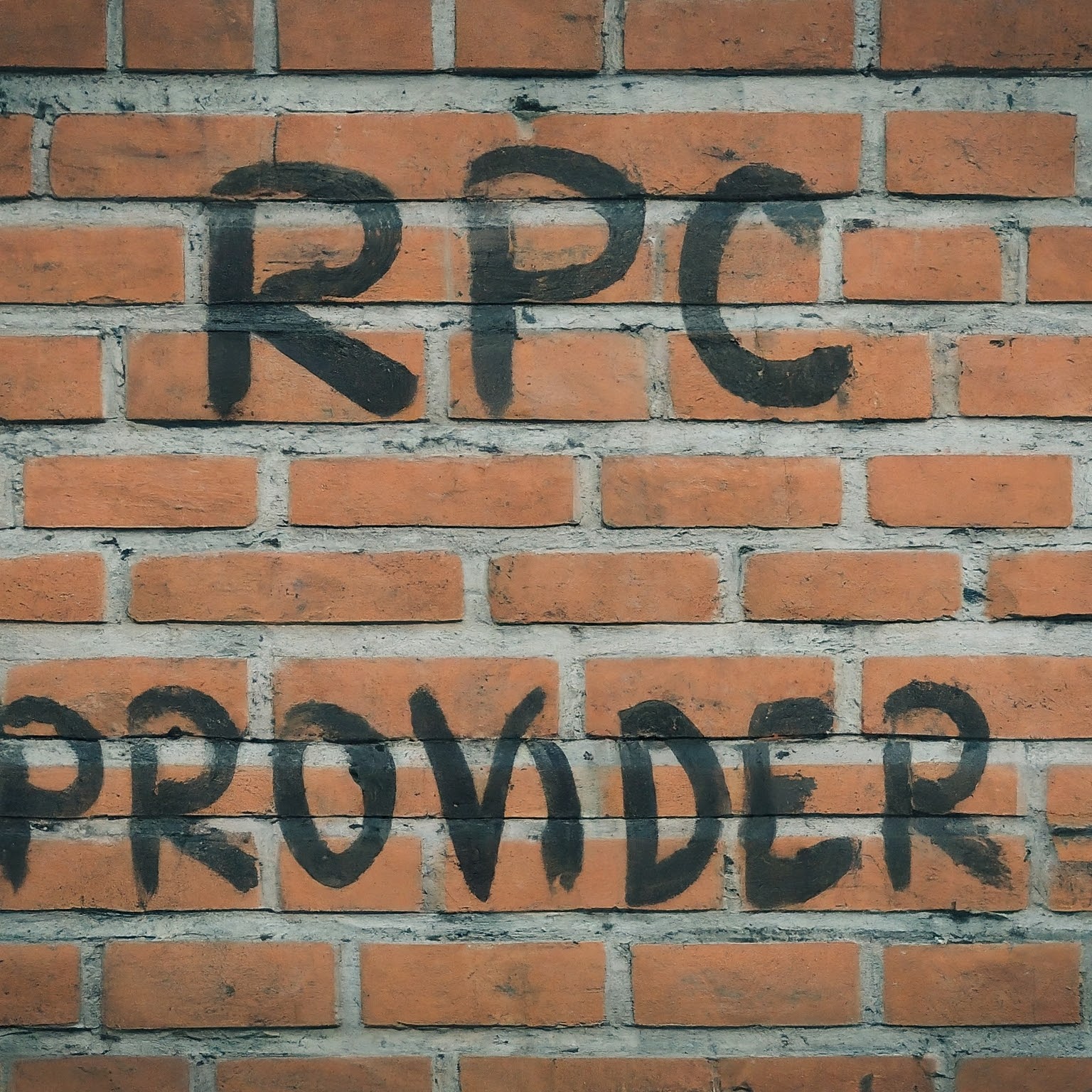
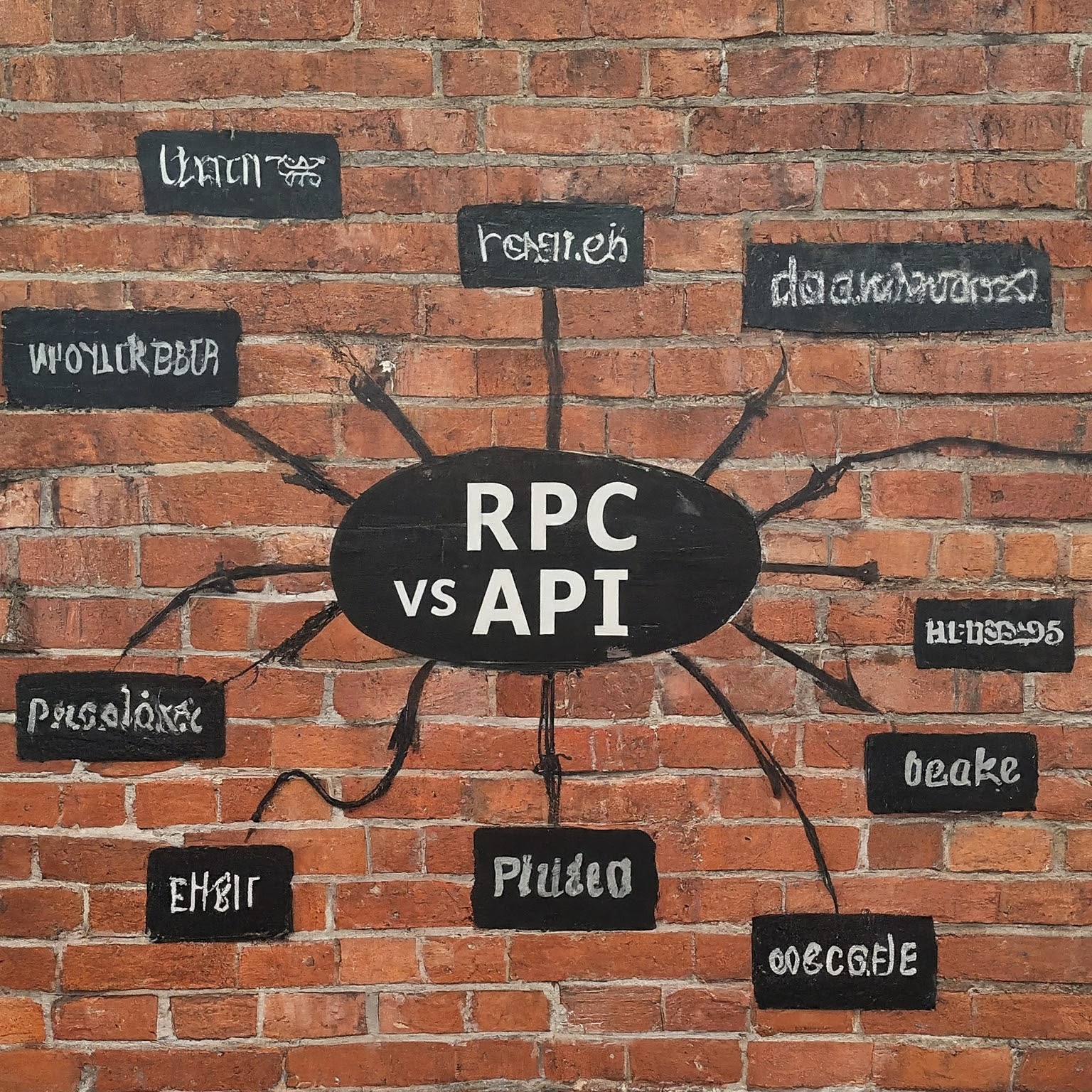
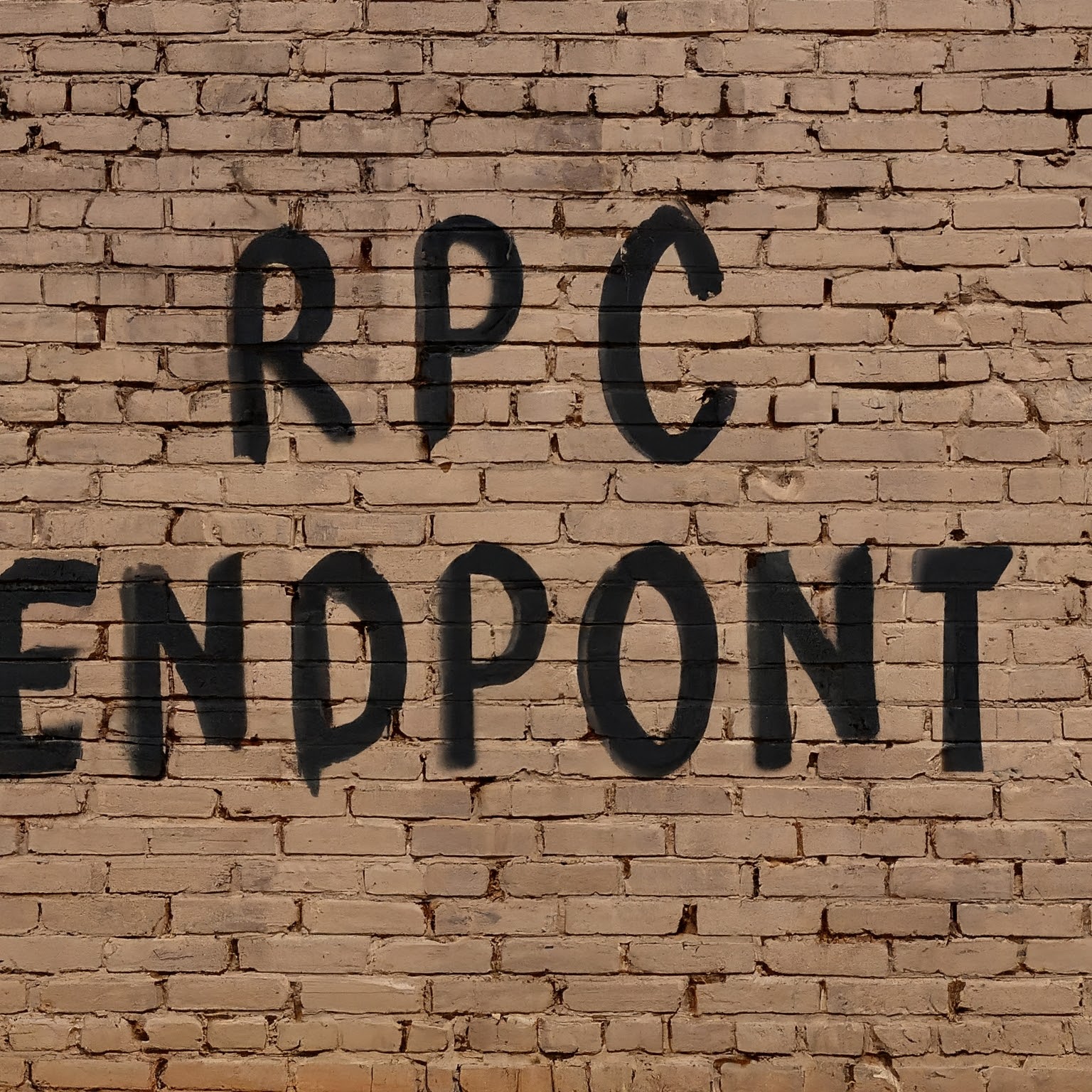

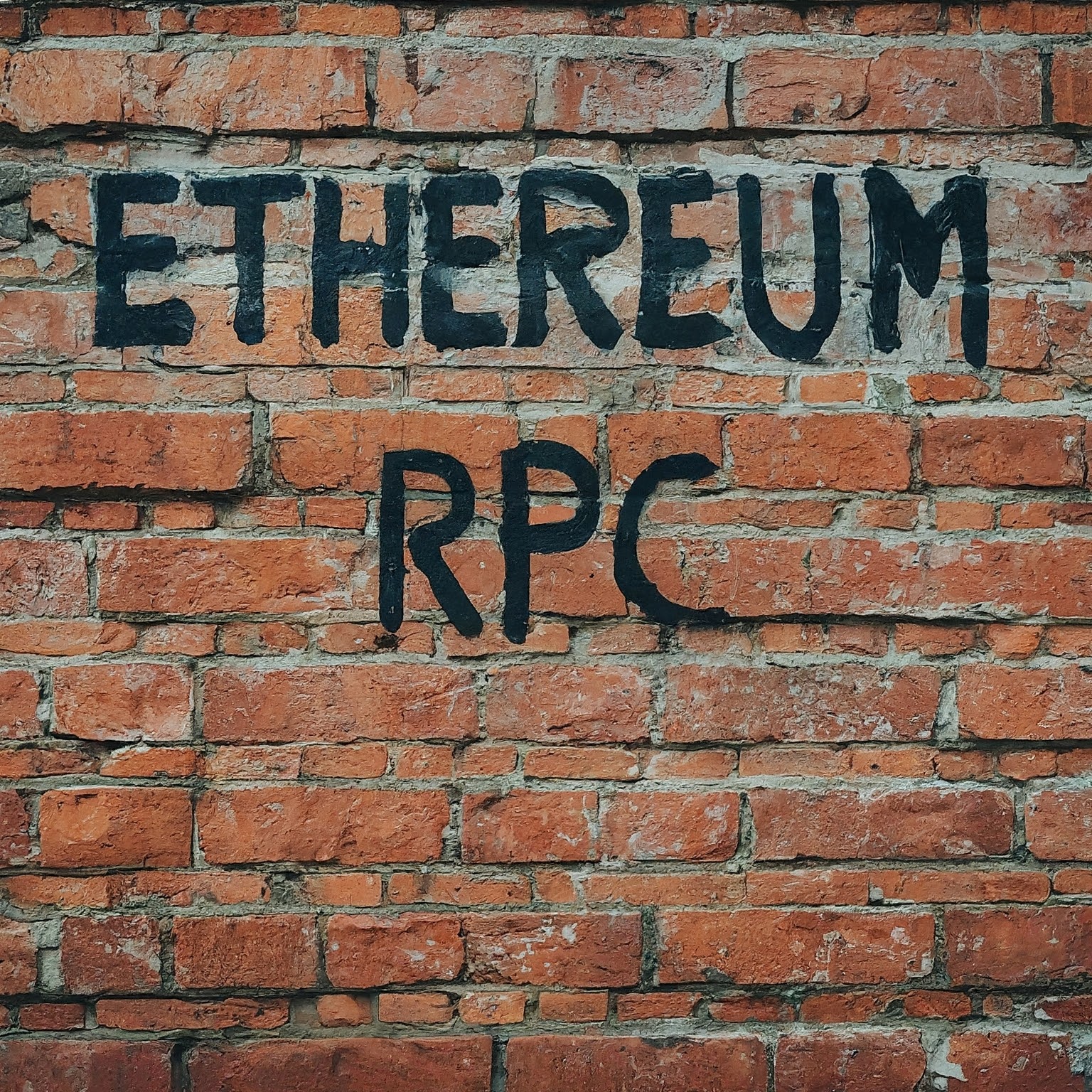
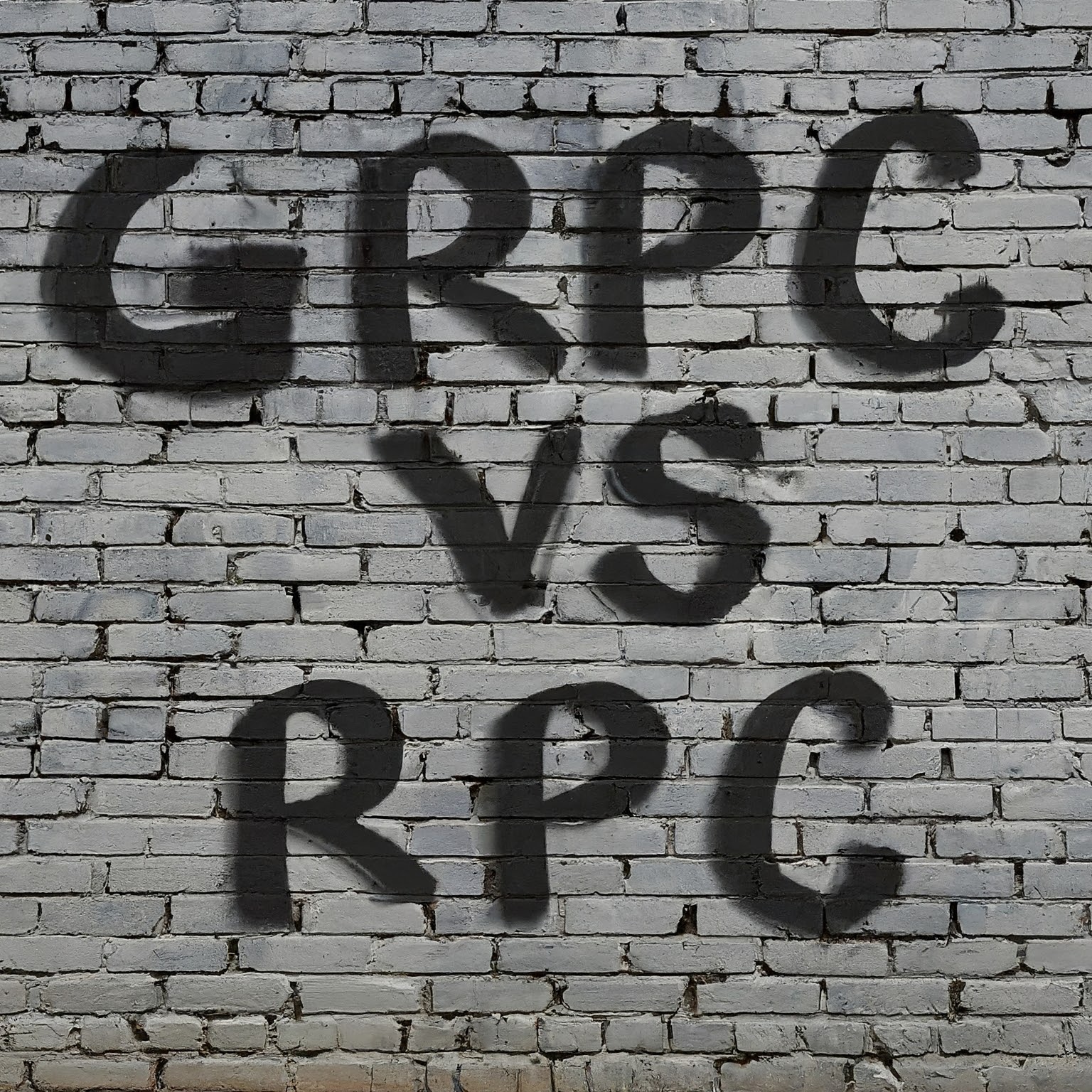
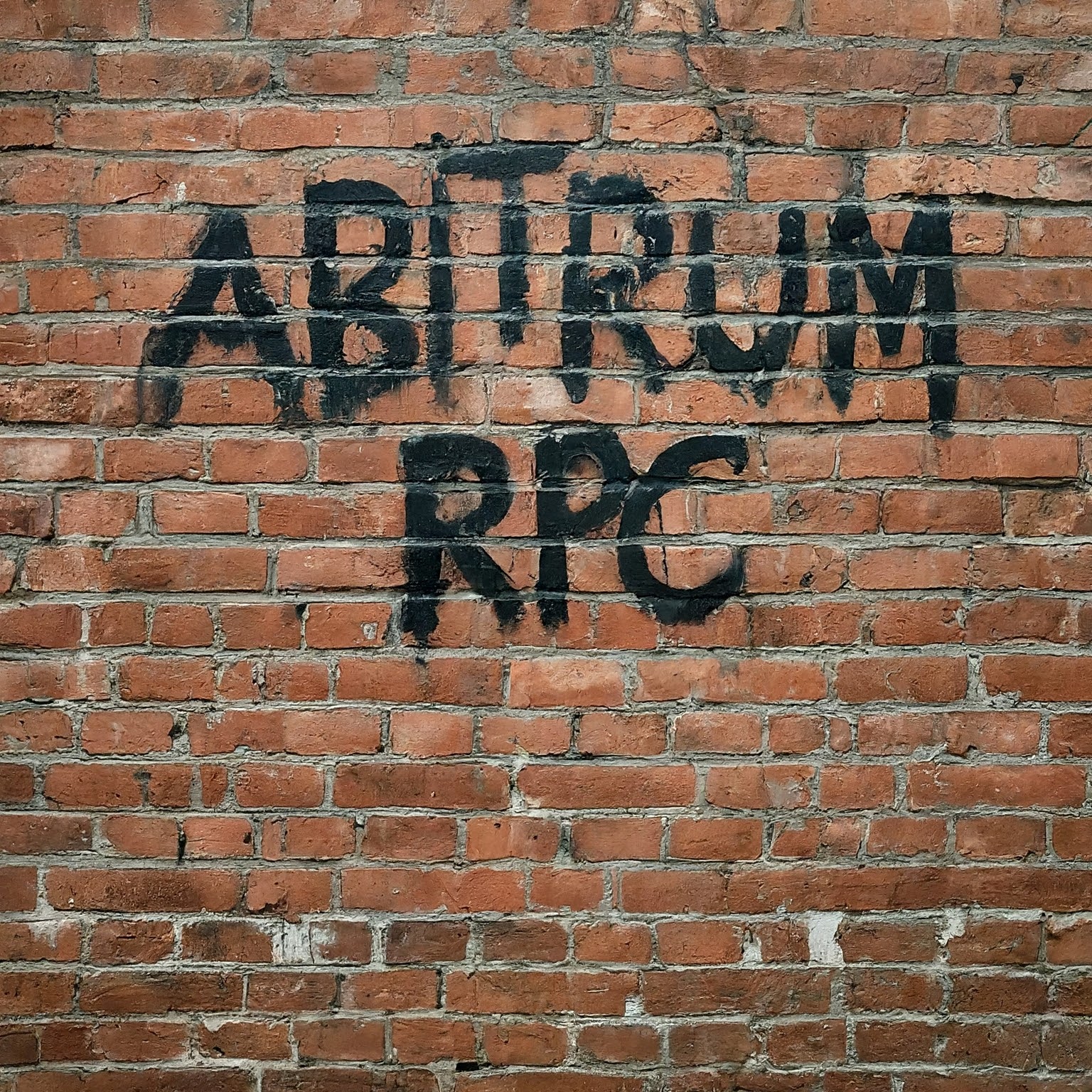

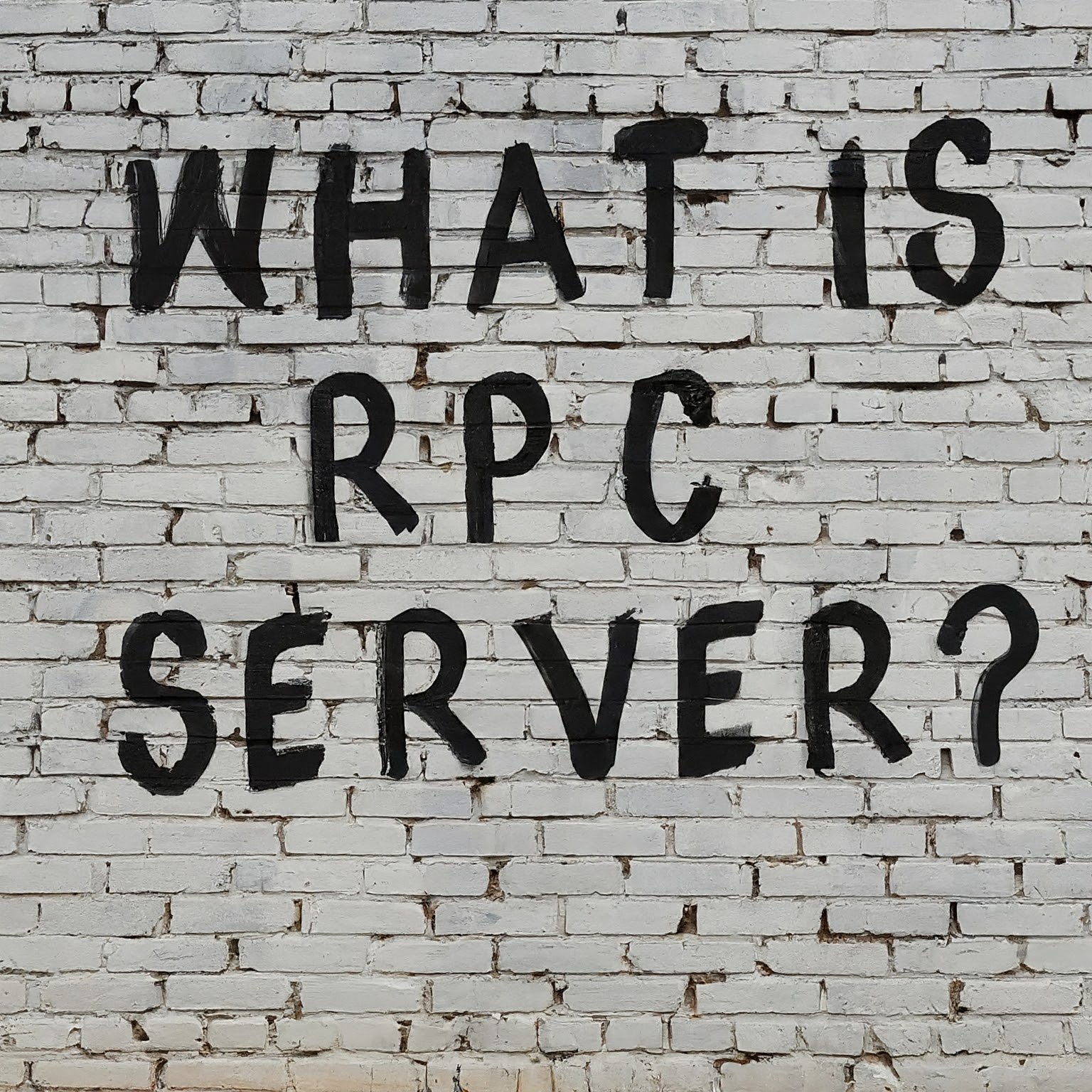

Leave a Reply
You must be logged in to post a comment.